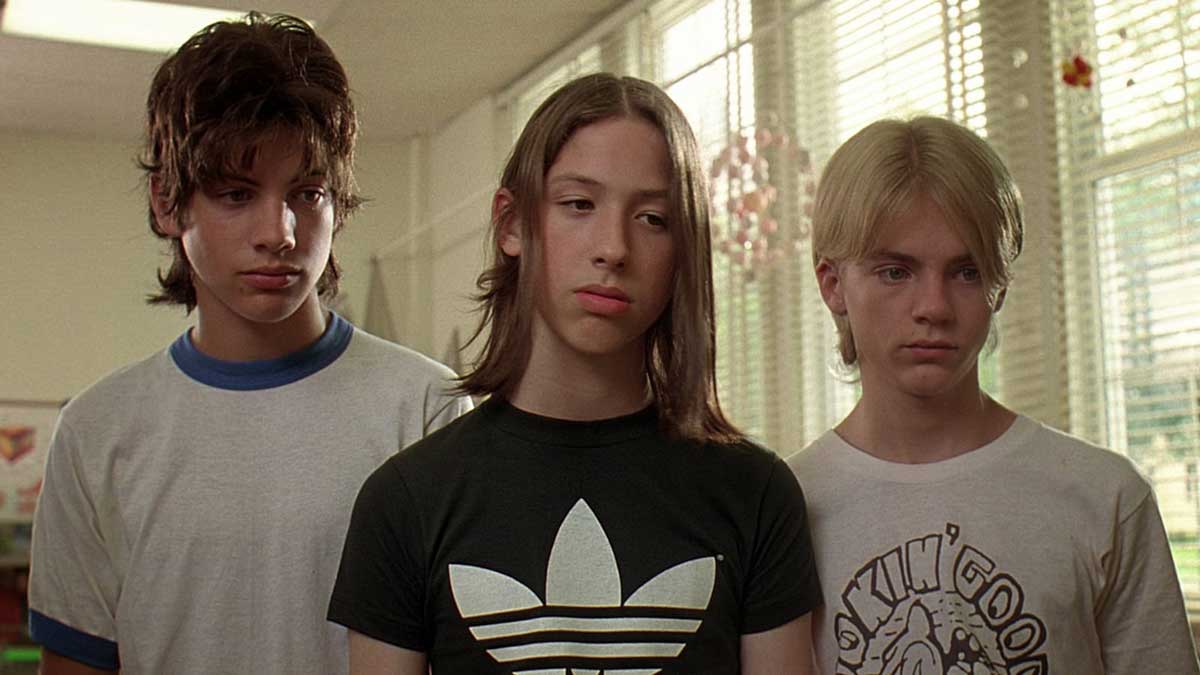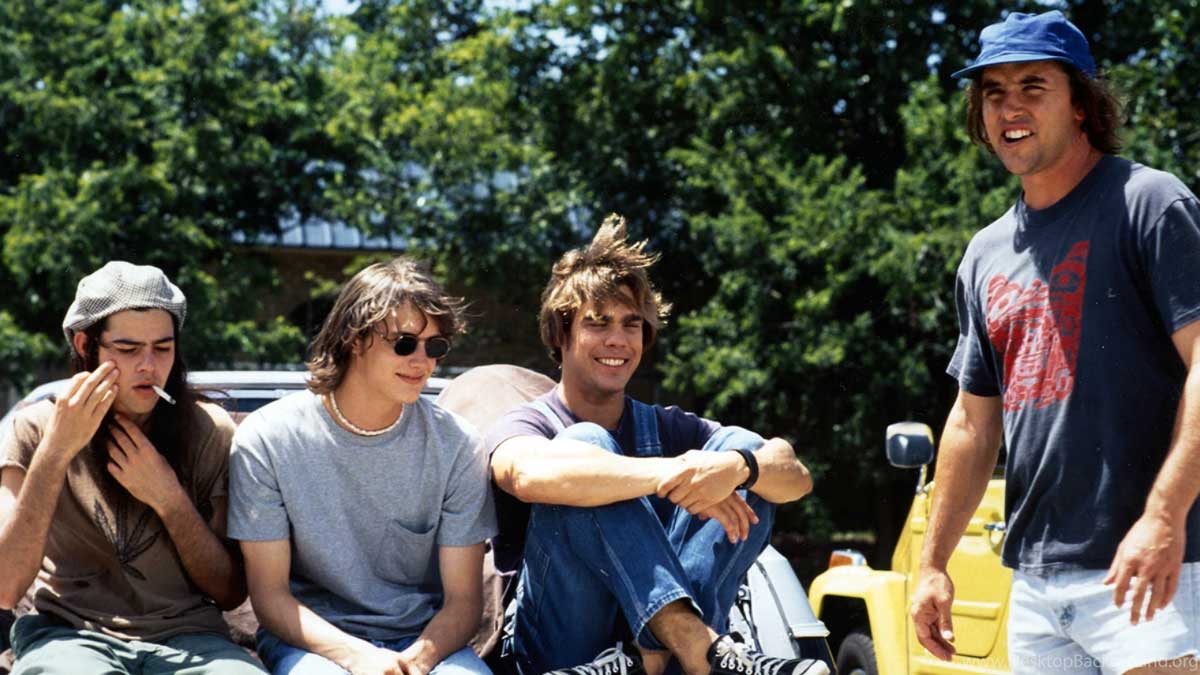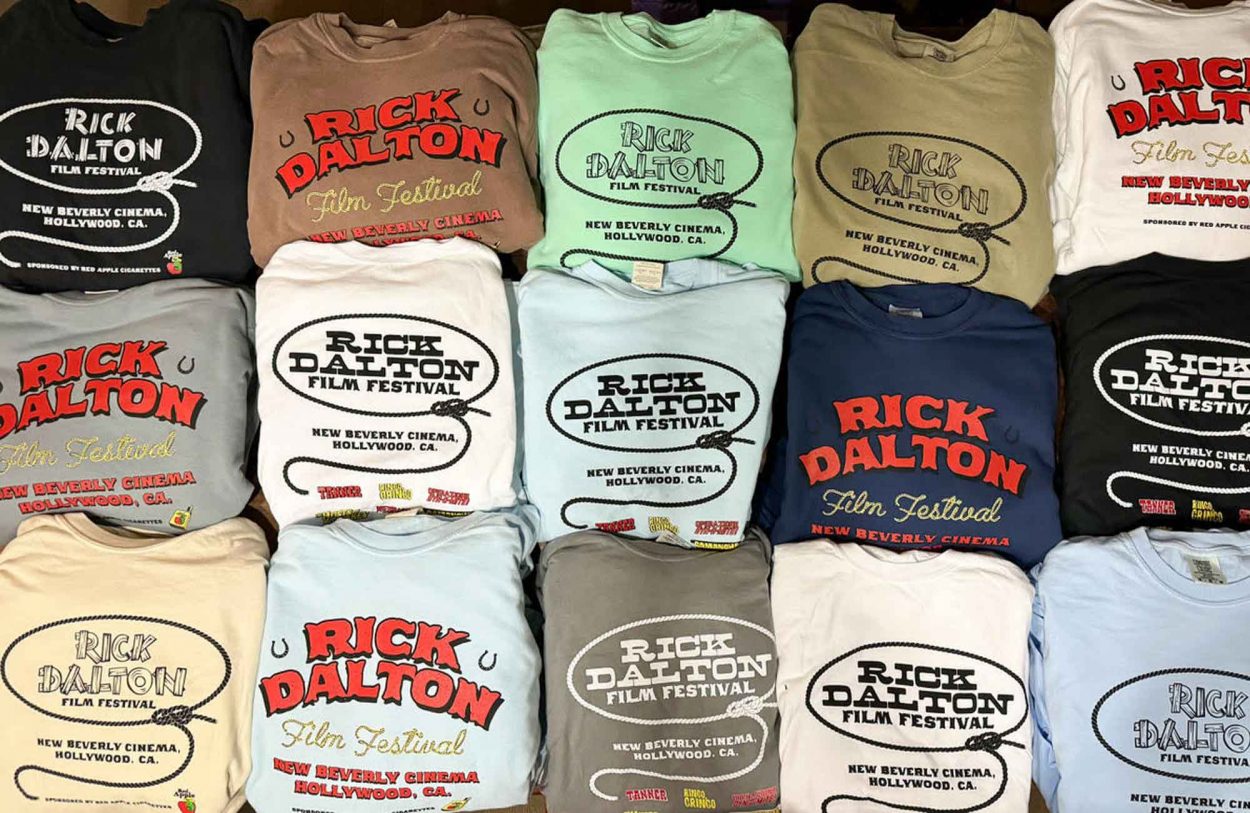“You haven’t met yourself yet. But the advantage to meeting others in the meantime is that one of them may present you to yourself.”
This observation, scripted by Richard Linklater, is not explicitly verbalized in his 1993 classic Dazed and Confused; it would ultimately be spoken to an inquisitive Wiley Wiggins eight years later in the writer/director’s 2001 experimental film Waking Life. While Linklater had not likely conceived that thought when he previously set about making his earlier film, it is an extremely appropriate theme to have in mind while watching it, especially since a younger and even more inquisitive Wiggins has a pivotal role. There has been plenty of discussion about Dazed’s trenchant depiction of the last day of school somewhere in Texas in 1976, and all the details therein, but take a moment to consider how much quiet self-discovery its large and engaging cast of characters all experience in its 24 hour time frame.

While cultural fads and mores have changed over the decades, there is a constant in the first 21 years of a life, and that is aspiration to what everyone older than you gets to participate in. In toddler years, you envy the kids making complete sentences and playing with complex toys. In grade school, you envy the tweeners who get to spend time unattended at the mall and stay up later than you. And from middle school onward, the envy for adulthood is such that high school feels like a race to acquire all of its totems – beer, smokes, cars, body intimacy, and above all, autonomy. Consequently, during all these stages of desire for tomorrow’s promise, the pleasures of being the age that you are can frequently get lost along the way, to be recognized only after the events have passed. These are the snatches of time captured so well in Dazed.
The element that has defined Linklater’s films from the start of his career is that they present a sense of spontaneity regardless of the familiarity of the premise or genre. You rarely get the sense characters are going from event A to event B because of the demands of a plot; they are living these moments as they happen and you are living it with them. And as such, there is breathing room to linger in them. It is appropriate and unsurprising that, in a 2002 Sight and Sound poll of his favorite films, Linklater listed Ingmar Bergman’s Fanny and Alexander and Jean Eustache’s The Mother and the Whore, both epic films whose long running times allow for deep immersion into, respectively, the expansive contemplations of childhood and the quiet but vital dynamics of a polyamorous relationship. It would be in that same poll that Quentin Tarantino proclaimed Dazed among the 10 Greatest Films of All Time. In describing his love for Linklater’s film in the following quote, he is just as likely describing Linklater’s love of those earlier influential sagas:
“There are certain movies that you hang out with the characters so much that they actually become your friends. And that’s a really rare quality to have in a film…and those movies are usually quite long, because it actually takes that long of a time to get past a movie character where you actually feel that you know the person and you like them…when it’s over, they’re your friends.”
And there are plenty of friends to be found in Dazed’s cast – 24 of them to be exact, give or take a few depending on your tolerance of selfish or aggro behavior. As 16 Magazine might ask, Who’s Your Fave Rave? Sure, most people are drawn to Pink, the thoughtful football star who contemplates that sports are not the apex of a life, or Wooderson, the faded glory boy who seems pathetic for hanging around the high school crowd but just maybe has some hard-earned wisdom to pass on to the next class, or Darla, the saucy Queen Bee that enjoys hazing the freshman girls a little too much. But maybe you have a weakness for Mitch Kramer’s friend Carl, whose mom provided temporary relief from the seniors’ attack and still amusingly thinks making out with girls will be easier in high school, or Shavonne, who knows way more about “Gilligan’s Island” than you would expect anyone to remember, or maybe you dig Michelle because she has the good weed and an angelic singing voice. When even today it’s difficult for many films to offer more than three compelling characters, there’s a large and welcoming body of them in one place, any one of them a first-time or repeat viewer can gravitate to. The tie-in book, supervised by Linklater and art director Denise Montgomery, with input from several members of the cast, provides even more intriguing background on this collective – fellow football star Don Dawson is a Monty Python fan, while teammate Benny O’Donnell is not a good essayist, and that Darla’s role model is Barbara Stanwyck in Forty Guns – demonstrating that even when these details didn’t get verbalized on screen, the performers had them in mind, and that inner life is what has made them such rich presences over repeat viewings.

And in keeping with Linklater’s “there’s only one instant, and it’s right now,” ethos (words he spoke himself in Waking Life), many of these characters, who outwardly seem to have their personas well-defined, make some personal discoveries as a result of their interactions with unfamiliar people. Would-be two-year bully O’Bannion learns the extent of his latent cowardice from a no-bullshit parent and wily kids. Bookish Mike finds an unknown reserve to withstand punishment in the name of standing up to neighborhood punk Clint. Darla learns from newbie Sabrina that not everyone will lay down for her to steamroll and it rattles her otherwise unchallenged authority. (Or, based on her “advice column” in the tie-in book, she may have found a respect-worthy adversary). Mitch Kramer learns that with the right mentor in Pink, he can hold his own among intimidating cool kids, and develops some leadership skills of his own. And in turn, Pink’s ambivalence about social elevation through sport and the conformity required therein takes a decisive turn after keeping company with Mitch…plus a kiss from a previously unknown admirer.
“I made the movie because I always wanted to make a good teen-age movie. It’s really never a good time to be a teen-ager, but this was one time to be alive and I lived in the time,” Linklater has said about the production, which is now a 25-years-strong cult favorite. “I [remembered] a 1976 night piled in a LeMans with three others, listening to [ZZ Top’s] ‘Fandango’ 8-track. I remembered how it clicked over from track to track all night long, and we drove around endlessly, looking for something to happen. A six pack of beer, a joint, singing along with the music…challenges from other cars, a brief flirtation with a car of girls, and the eventual regression into throwing garbage cans at mailboxes. At the end of the evening we had driven almost 150 miles and of course, had gotten nowhere. I don’t think we’d even left the city limits of the suburban shit town we were stuck in. But from the perspective of a freshman in high school however, it seemed like great fun (especially a day, a month, or more than a decade later).”
And of course everyone who remembers the late John Christensen’s segment from Waking Life knows, fun rules.


